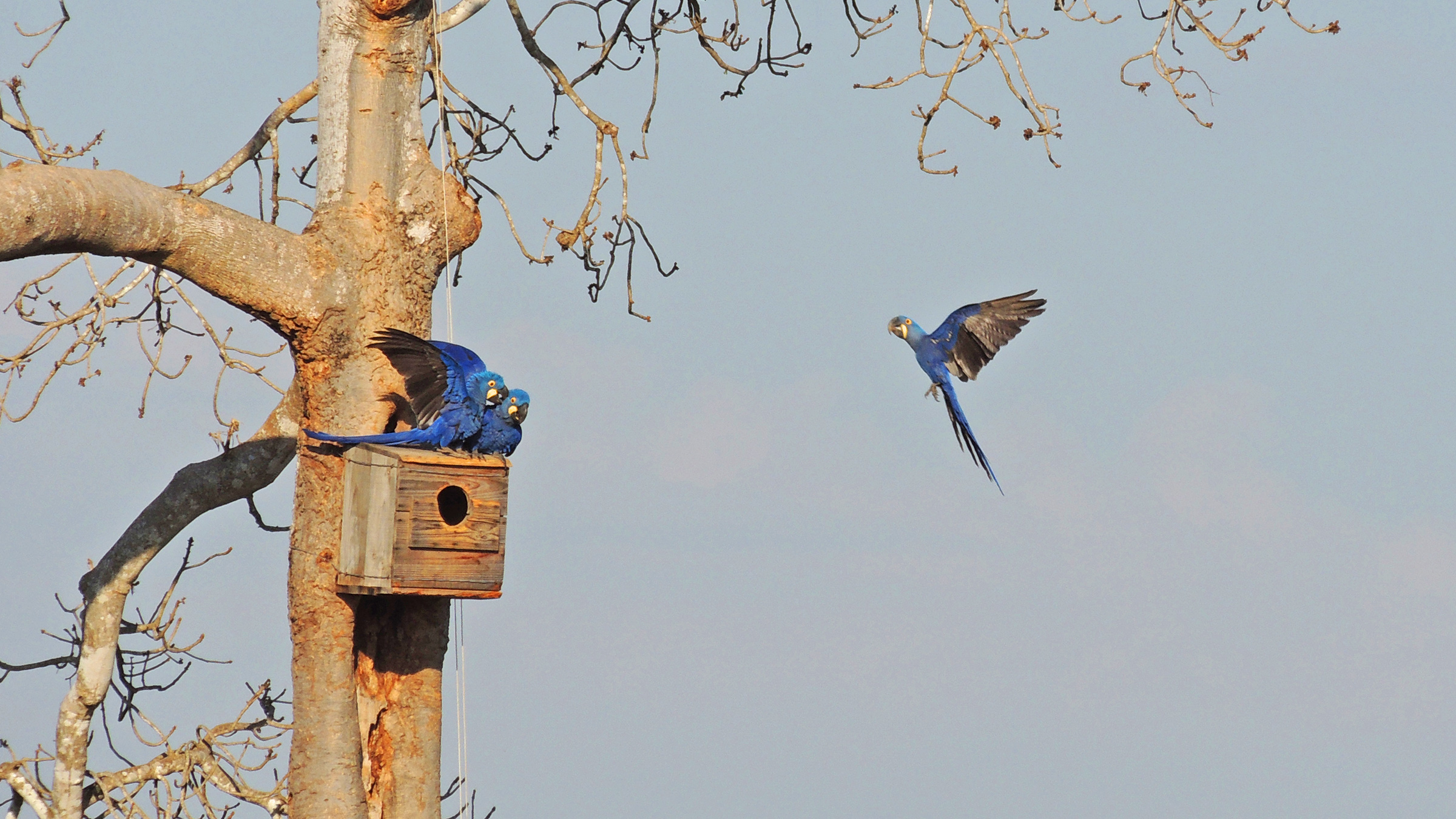After removing birds from problem areas like your home, outdoor living spaces or buildings, implementing further habitat modification strategies can help discourage those same birds from returning. Simply removing birds without also eliminating what attracted them in the first place often results in repeated removal needs over time. So proper habitat modification after bird removal plays an important role in making that removal effort last.
During a standard bird removal service, experts will likely utilize traps, nets or gloves to physically capture problem birds and relocate them. While this initial response provides immediate relief, it only treats the symptom rather than the cause. Thus, professionals usually also recommend modifying the habitat that initially drew the birds.
Common ways to modify habitat after bird removal include:
Excluding bird entry –
Seal any openings, holes and gaps larger than 1/4 inch that provide access points into buildings, structures or enclosed spaces. Use wire mesh, netting and caulking.
Removing food and water sources –
Get rid of any available food, water dishes, bird feeders and plantings that attract the birds. Store pet food indoors.
Removing nesting sites –
Remove or modify potential nesting areas like ledges, roof overhangs, foliage, and exposed pipes and beams. Install spikes or netting.
Adding deterrents –
Install visual deterrents like streamers, reflective tinfoil or CD spinning devices. Use loud noises or ultrasonic devices.
Pruning foliage –
Trim back or remove dense bushes, shrubs, trees and vines where birds typically perch or nest. Maintain shorter tree heights.
Cleaning surfaces –
Thoroughly clean areas where birds roost, nest or frequent, removing feathers, droppings and nesting material that can attract them back.
While these strategies focus initially on specific target bird species, properly modified habitat should discourage most unwanted birds over time. This greatly reduces the need for further expensive removal efforts in the future.
In short, bird removal and habitat modification go hand in hand for permanent resolution. Proactive measures like excluding entry points, removing food sources and providing visual and acoustic deterrents complement reactive measures like trapping and relocating problem birds. Used together as part of an integrated pest management (IPM) plan, they offer the best chance at long-term success.

